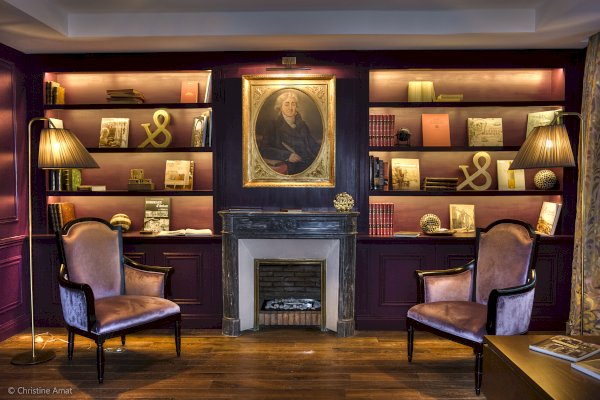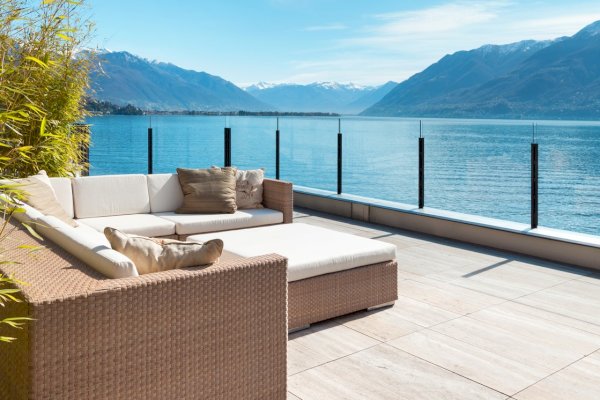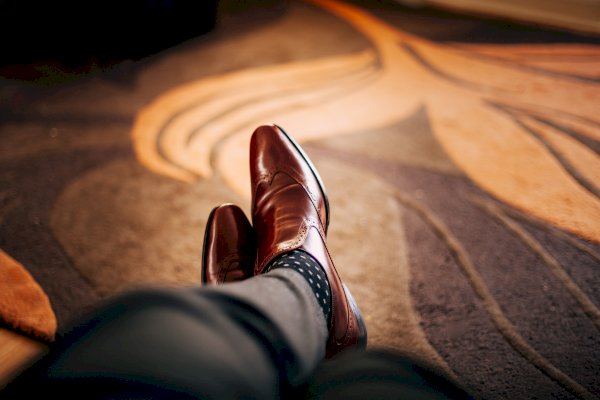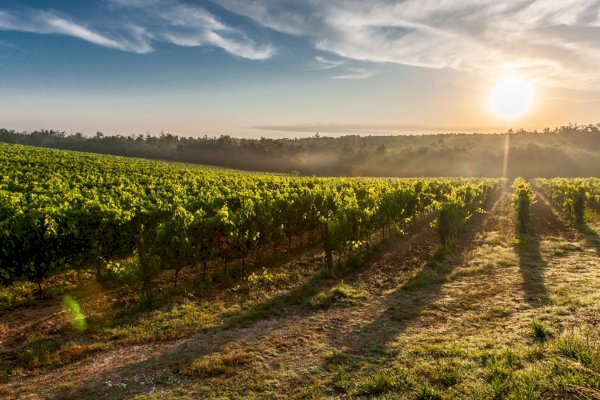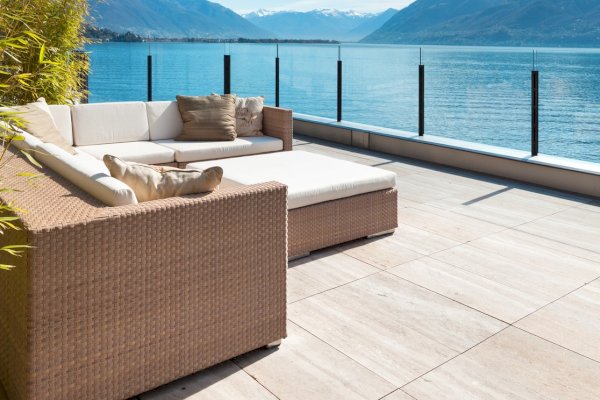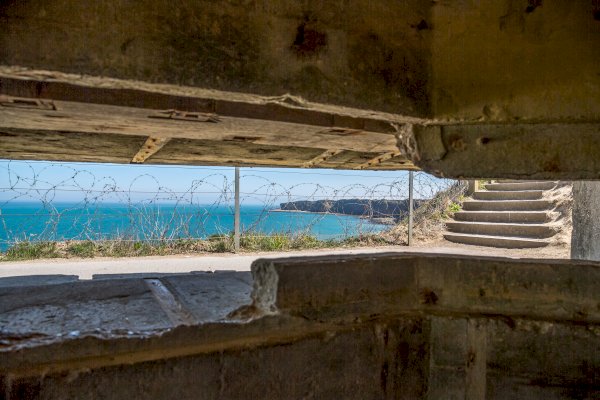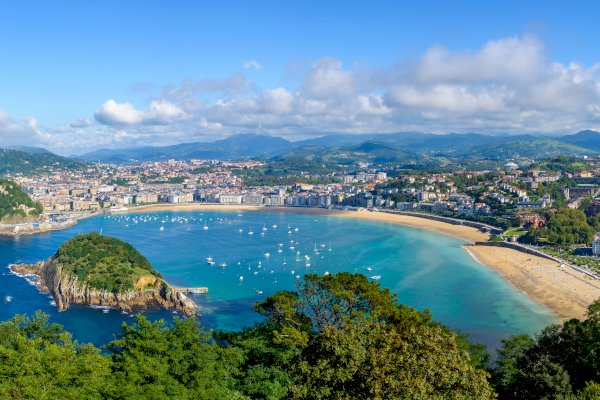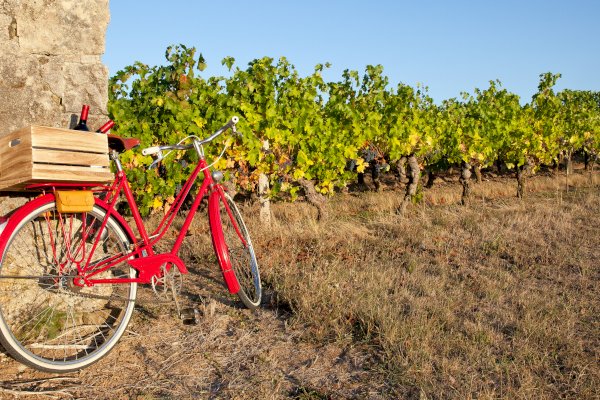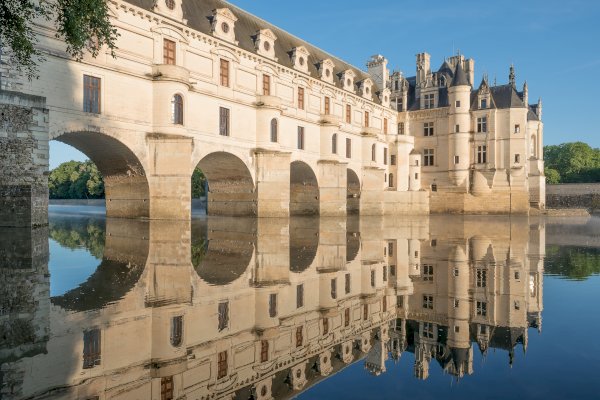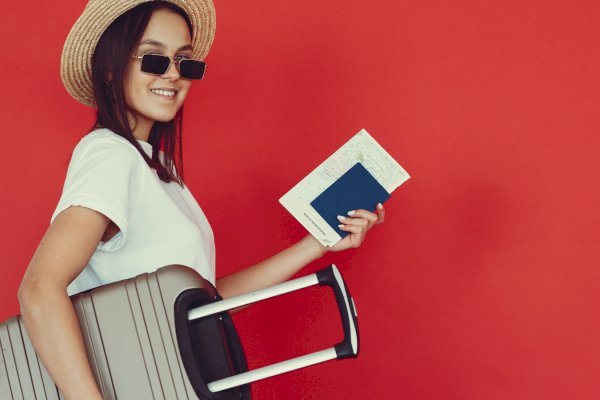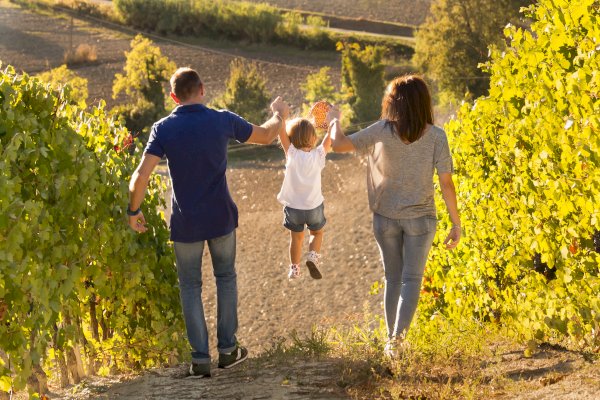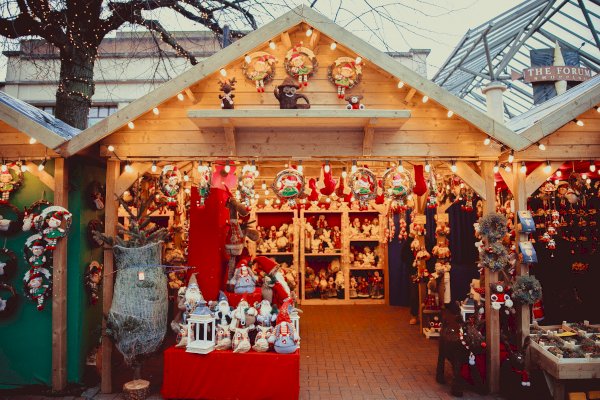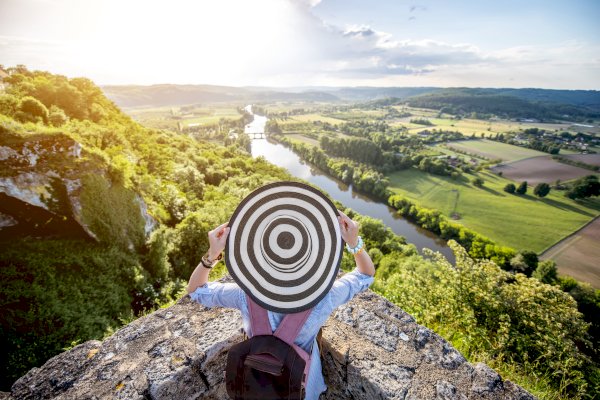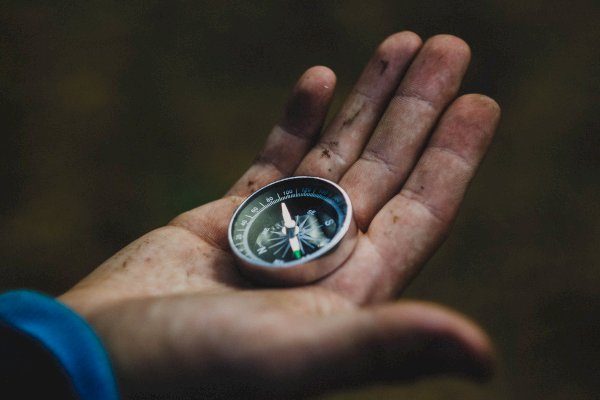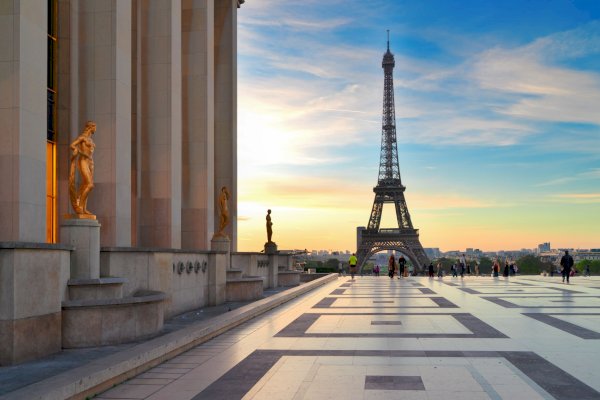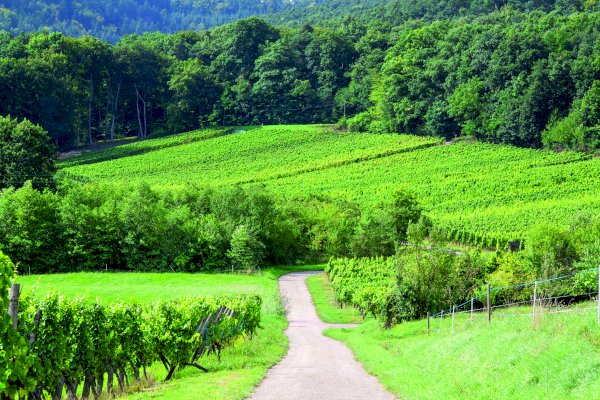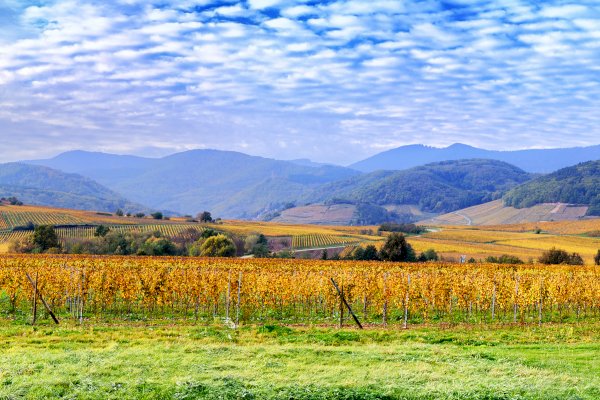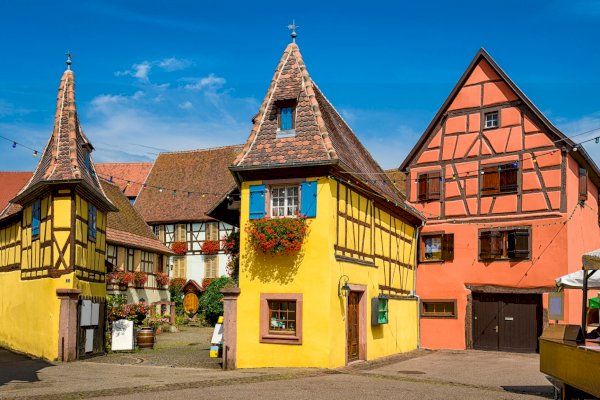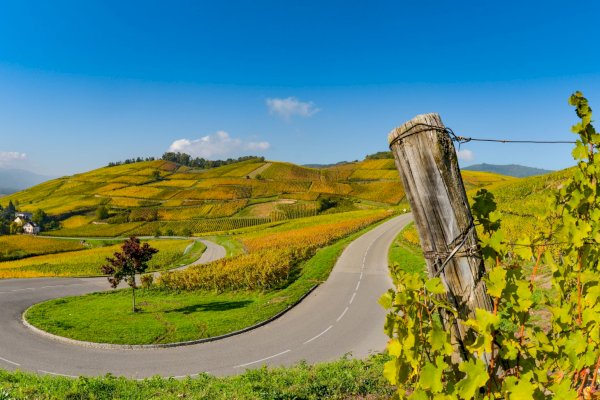
11 Luxury Arts & Crafts products of Alsace
THE MOST BEAUTIFUL ARTS & CRAFTS OF ALSACE
The Alsace region in France is known for its picturesque postcard like landscapes, its stunning wine road, its pretty villages full of colorful, half-timbered buildings, cobblestoned narrow streets, flowerboxes adorning doors and windows, and medieval churches and castles.
Spending a few days here often feels like stepping into a fairytale. The area is a wonderful blend of German and French cultures. Together with fine dining and wining, Alsace has the perfect ingredients for a European get-away.
The most bittersweet part of any trip is leaving. Whether you’re going home or heading to a new destination entirely, it’s hard to leave a place you’ve come to love, and the urge to take a piece of that experience with you can be very tempting.
If, like me, you like to bring something home as a souvenir of your travels, there are many high-quality handicrafts produced locally.
In Alsace we’ve done a great job of preserving our traditional crafting techniques. There are plenty of places to pick up some local handicrafts so I must admit it’s easy to go a little shop-crazy!
Et voilà, a compilation of items to spoil oneself with on a trip to Alsace. (And remember to use the tax deductions at the airport!)
1. Textiles:
The traditional fabric of Alsace is called kelsch and is traditionally woven with linen and cotton. It’s then dyed naturally with woad and cochineal. Most winstubs, our traditional country pubs, use this fabric for the interior decoration, table linen, curtains, and cushions.
In the past wealthier people even had quilts made out of kelsch. Nowadays, you can find tablecloths, serviettes, aprons, and tea towels made from it. I have my secret places for the best quality kelsch, stores, some of which even sell antique pieces!

2. Pottery:
Two villages north of Strasbourg still produce hand-made traditional ceramics using local clay; in Soufflenheim, the pottery comes in many colors, while in nearby Betschdorf it’s traditionally gray and cobalt. They are used both for baking big Sunday stews, cakes and for storage. They are so cute; they can be ornamental too!

3. Glassware & Crystals:
Exceptional glassworks and crystal factories are numerous in Alsace, as are these amazing museums; Lalique Museum in Wingen, Glass Museum in Meisenthal and the Crystal Museum in Saint Louis. For a touch of French elegance on your table, why not getting a set of Alsace white wine glasses? With their elegantly long stem and green base, local wine glasses are unmistakably unique.

4. Alsace Table linen and Fabrics:
For more than two centuries, Beauvillé is a reference brand in table linen in Alsace and all over the world. The company was even awarded ‘Patrimoine du Vivant’ -Living Heritage Company by the French government. Their outlet shop can be visited in Ribeauvillé. A Beauvillé tablecloth is a must-owned for any Alsatian lady! Web site: https://www.beauville.com/en/

5. Marquetery:
In Boersch, on the wine road, you have the possibility to admire Alsatian marquetery made by the artist Jean-Charles Spindler. The family Spindler has been making outstanding marquetery pieces for generations and their works are be found in places such as the Elysée Palace in Paris, The V&A Museum in London, The Grand America Hotel in Salt Lake City or the 4 Seasons in Doha, Qatar.

6. Hearts:
Symbol of passion, love but also of fecundity, it’s very often displayed in Alsatian houses, especially on shutters. The heart was considered as a lucky charm. It’s also the done thing to hang kelsch, ceramic or wooden hearts inside to bring good vibes into our homes!

7. Painted furniture:
Among the folk arts, wood painting is very popular in Alsace. This tradition of decorating furniture and household items reminds us that the pleasure of decorating the interior of our homes is not exactly new.
Painted wood, also called polychrome painting is a technique which can be found in many regions of Europe. Poor quality wood was often enhanced with colorful paintings. Due to long and rigorous winters, peasants had the time to design or repair household items which were then painted.
Usual items included rectangular boxes made from beech, some of them called “coffrets de courtoisie” and which were used to store hats, ribbons, jewellery and other little personal objects. These boxes were ornate with floral motifs in vivid colors.
The Alsatian museum in Strasbourg displays exceptional pieces and there are still a few artisans who make beautiful polychrome items, including my very own talented mum!

8. Gingerbreads (pains d’épices):
Gingerbread lovers, you are in the right place in Alsace!
It has been a speciality of the region for more than 200 years. A visit to Gertwiller, on the wine road, the ‘pains d’épices’ capital of France, gives you the chance to visit one of the Gingerbread workshops AND taste wine. Perfect!

9. Christmas balls:
Celebrating Christmas in style is an important, long standing tradition in Alsace- it is said that the first ever Christmas tree was mentioned in local archives as far back as 1521!
According to tradition, colorful balls were hung on Christmas trees in Alsace in the middle of the 19th century. Until then, it was customary to hang hosts and apples on it, but the poor harvest of 1858 made it impossible. A master glassmaker then had the idea of blowing large glass balls to replace the insufficient number of fruits. Glass-blowing factories in Alsace still produce beautiful, delicate Christmas balls.

10. Postcards and posters:
Local artist Jean-Jacques Waltz (aka Oncle Hansi) was loved by Alsatians until he died in 1951. He was famous for his naïve, quaint drawings of village scenes and advertising signs of local firms. Nowadays, you buy vintage etchings, lithographs, watercolors, and postcards to adorn your home and give it a French je-ne-sais-quoi.

11. Biscuit cutters:
Alsace is also famous for its sweets and Christmas biscuits called bredele (little breads) You can find everywhere those cute biscuit cutters, shaped like houses, trees, teddy bears, animals and even the region’s symbol; the stork!
A great family tradition is to get together in the running towards Christmas and spend the day making those delicious biscuits, with butter, almonds, hazelnuts, cinnamon. Once ready and decorated, they go into tin boxes, which will be opened on Christmas Eve, whilst we wait for Santa!
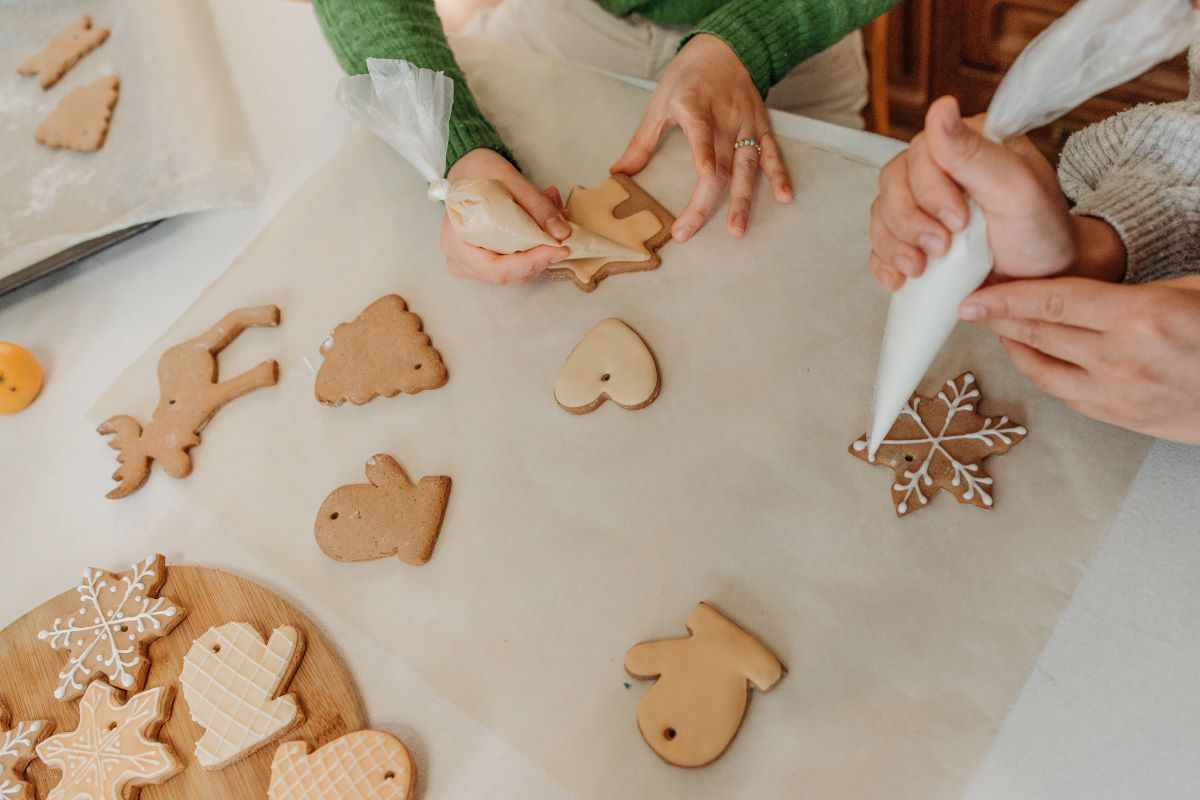
There is nothing less French than souvenir shops flaunting items made abroad. In bringing back items from Alsace, however, one wants to take with them the atmosphere, the memories and feelings of your trip. Ergo: let a local guide take you to the best places to get unique, authentic, local treasures to bring home.
Our guides know all things quintessentially Alsatian; they will introduce you to local artisans and artists and will help you find fantastic momentums of your time away during on of our Alsace private tours from Strasbourg, Colmar or Mulhouse.
Florence, Guide in Alsace

Secured payments

easy cancellation

 Please wait
Please wait


